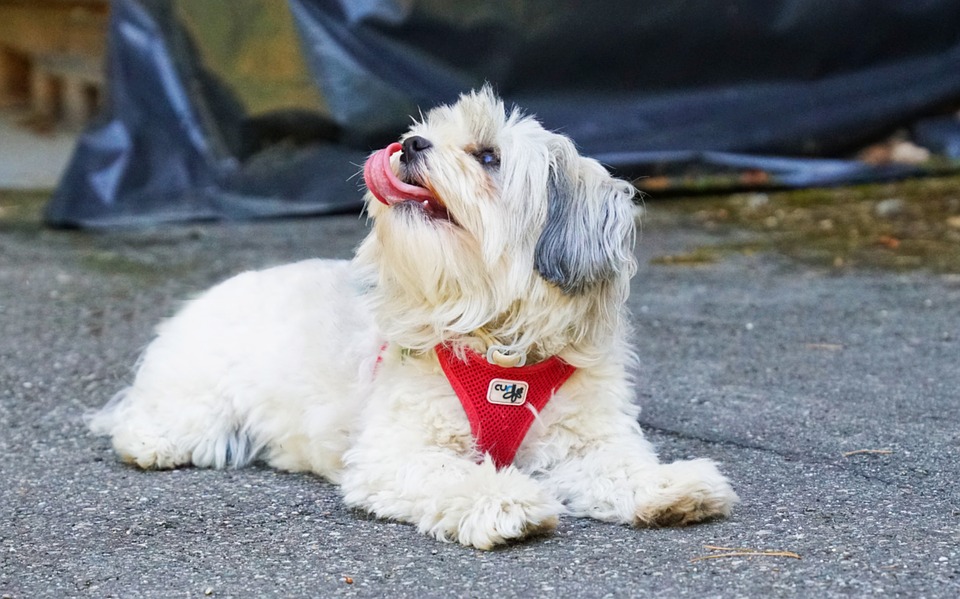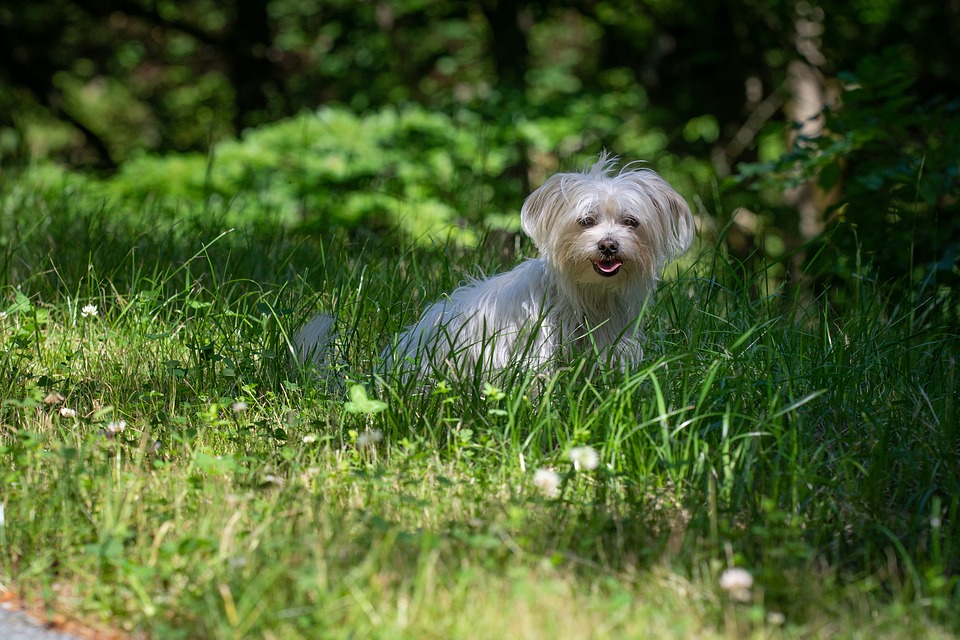The Havanese
Vital Stats of Havanese
The following are vital stats of Havanese:
- Dog breed group: Toy
- Height: 8.5 to 11.5 inches at the shoulder
- Weight: 7 to 13 pounds
- Lifespan: 14 to 15 years
Physical Characteristics of Havanese
The Havanese is a small, short-legged and sturdy dog with a gentle expression. The exceptional gait, which is springy and lively, enhances the happy temperament of this breed.
Additionally, the double coat of this breed has a soft undercoat and outer layer. The outer coat can be straight or curly, and is about 6 to 8 inches long. This curly coat type comes in just about any color and is typically corded.
Care for Havanese

This breed is not ideal for outdoor living. You can meet the exercise needs of this energetic dog with a good game session or short walk.
Also, the coat care for Havanese involves brushing twice or four times a week. Because this breed is non-shedding, its loose hairs can get trapped in the mass of outer hairs. If not combed regularly, they can get tangled.
Health of Havanese
This breed is typically healthy. However, similar to all breeds, they are prone to certain health conditions. While not all Havanese will get any or all of the following diseases, it is essential to be aware of them if you are considering this breed:
- Hip Dysplasia
- Elbow Dysplasia
- Chondrodysplasia
- Legg-Perthes Disease
- Cataracts
- Deafness
- Patellar Luxation
- Portosystemic Shunt
- Heart Murmur
- Mitral Valve Insufficiency
History of Havanese

Also known as the Havana Silk Dog, the Havanese belongs to the Barbichon or the Bichon group of small dogs. These developed in the Mediterranean region in ancient times. Spanish traders would gift these dogs to Cuban women to maintain trade relationships. Wealthy Cuban families would also pamper these small dogs as adorable pets.
This breed was also referred to as Habeñeros or White Cubans with the introduction of this small dog to Europe. However, their popularity as pets declined, and many owners began using them as circus and trick dogs all over Europe.
Over the years the number of Havanese dogs greatly reduced, nearly becoming extinct in both its native land and Europe. There was just a handful of this breed left in Cuba during the 1950s and ’60s, three Cuban families left with their dogs to the United States. Later, this Havanese dogs would become progenitors to the modern Havanese.
Gradully, the breed become popular among dog fanciers and pet lovers. In 1996 the first Havanese was displayed in an American Kennel Club (AKC) show ring. The breed was officially recongized by the AKC in 1999.
For more information on the Havanese or other dog breeds, don’t hesitate to contact us here at All Pets Veterinary Medical Center with the link below!
















